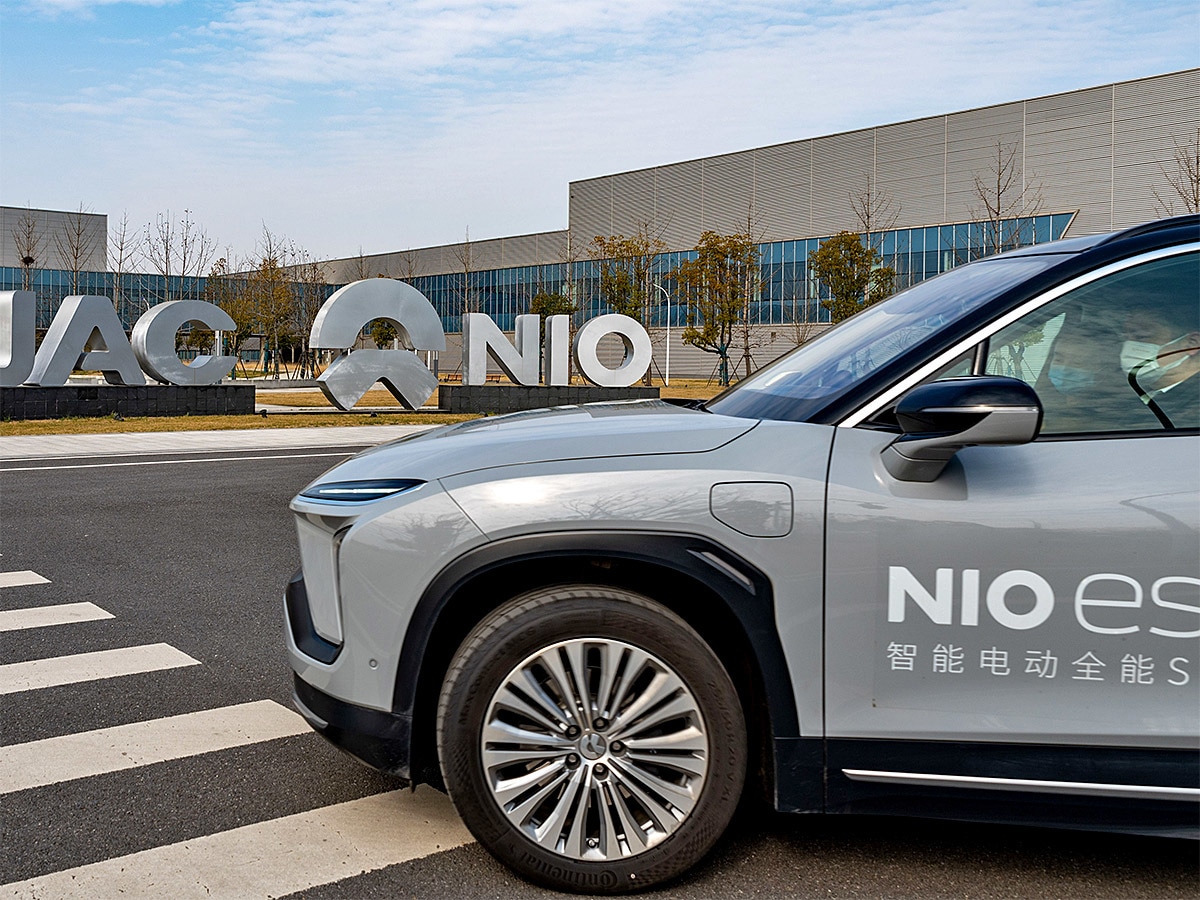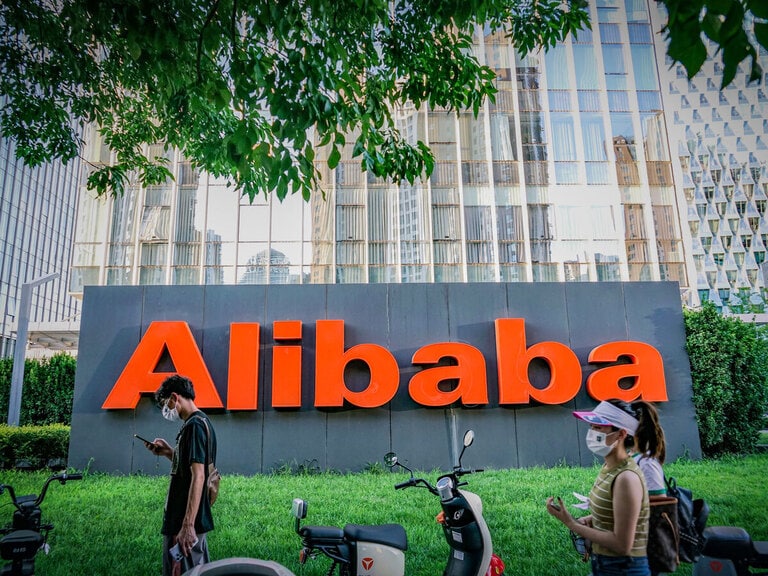Nio’s [NIO] share price soared exponentially throughout 2020 and has gone on to reach new all-time highs in 2021, but the stock tumbled on 23 February when it fell to an intraday low of $41.66 — its lowest value since December — before closing at $49.11.
This came just two weeks after Nio’s share price reached its best-ever close of $62.84 on 9 February, which was up 1,550% over the 52-week period. This was also 13.47% higher than its best 2020 close of $55.38, which it reached on 23 November, less than a week after Nio released its third-quarter earnings results.
Given the recent slump, investors will be watching Nio’s share price closely following the release of its fourth-quarter earnings, due 1 March.
Nio’s recent performance
When Nio released its third-quarter results on 17 November, it posted a loss of $0.12 per American Depository Share (ADS). This was better than the Zacks Equity Research consensus estimate, which called for a loss of $0.15 per ADS and marked an improvement on the previous year, when Nio announced a loss of $0.33 per ADS.
The better-than-expected earnings rode on the back of Nio’s quarterly revenue, which had increased 159.4% year-over-year to $666.6m. As Zacks analysts shared a consensus estimate of $628m for revenues, Nio’s actual figures beat predictions by 6.2%. As vehicle sales account for the vast majority of Nio’s revenue, the growth was credited to strong delivery and sales figures.
“Our total revenues are made of two parts, vehicle sales and other sales,” explained Steven Feng, CFO of Nio. “Vehicle sales in the third quarter were RMB4.27bn, or $628.4m, accounting for 94% of total revenues in the quarter. It represented an increase of 146.1% year-over-year, and an increase of 22.4% quarter-over-quarter. The increase in vehicle sales year-over-year was primarily due to the increase in sales of [SUVs] ES6 and ES8.”
William Li, founder and CEO of Nio, believes the growing sales can be partly attributed to the company’s battery-as-a-service (BaaS) programme, whereby customers can buy the car without the battery. This makes a Nio vehicle about 25% cheaper in the short-term as consumers will effectively rent the battery, which Nio charges and replaces on their behalf.
“After the launch of the battery as a service or product, Nio's products and the services have been increasingly accepted by more users,” Li said on the earnings call.
"After the launch of the battery as a service or product, Nio's products and the services have been increasingly accepted by more users" - William Li, founder and CEO of Nio
Regularly referred to as “the Chinese Tesla [TSLA]”, Nio’s share price has had plenty of attention over the last year, and its performance is a key marker for thematic ETFs such as the KraneShares Electric Vehicles and Future Mobility ETF [KARS]. As of 25 February, Nio accounted for 3.2% of the fund — making it the eighth-largest holding.
Both the KraneShares Electric Vehicles and Future Mobility ETF and Nio experienced similar levels of growth at the beginning of 2020 but, as the year went on, the gap between them widened as Nio surged. While Nio’s share price finished the year up an incredible 1,112.4%, the KraneShares Electric Vehicles and Future Mobility ETF had gained 71.1%.
Looking ahead to Nio’s upcoming report, analysts expect the EV manufacturer to post a loss of $0.14 per ADS, which would represent year-over-year growth of 64.1%. Meanwhile, revenues are expected to total $742m for the quarter, which would represent YoY growth of 81.4%.
The incredible gains following Nio and other EV manufacturers — chiefly Tesla — can also be seen as an indication of volatility.
Can Nio carry on outperforming?
Acting almost like a sneak preview to Nio’s Q4 results, on 1 February the company released its delivery figures for January 2021. The total marked an increase of 352.1% year-over-year.
“The boost was Nio’s sixth consecutive monthly sales rise, topping out at 7,225 deliveries, up from 7,007 in December 2020,” noted Michael Taylor, writing for Forbes. While it could be an indication that Nio’s share price will continue to grow — despite the recent slump — there are other factors to consider.
"when Tesla stock drops, other EV stocks follow because Wall Street often relies on Tesla’s valuation to come up with price targets" - Al Root, senior writer at Barron's
Al Root believed Tesla’s recent dip could be affecting the wider EV market. “[Tesla] is worth almost as much as all other traditional car makers combined,” explained Root. “And when Tesla stock drops, other EV stocks follow because Wall Street often relies on Tesla’s valuation to come up with price targets,” he wrote in Barron’s.
On the other hand, Nio’s innovative BaaS programme could help make its vehicles more accessible, while providing the company with another revenue stream.
Disclaimer Past performance is not a reliable indicator of future results.
CMC Markets is an execution-only service provider. The material (whether or not it states any opinions) is for general information purposes only, and does not take into account your personal circumstances or objectives. Nothing in this material is (or should be considered to be) financial, investment or other advice on which reliance should be placed. No opinion given in the material constitutes a recommendation by CMC Markets or the author that any particular investment, security, transaction or investment strategy is suitable for any specific person.
The material has not been prepared in accordance with legal requirements designed to promote the independence of investment research. Although we are not specifically prevented from dealing before providing this material, we do not seek to take advantage of the material prior to its dissemination.
CMC Markets does not endorse or offer opinion on the trading strategies used by the author. Their trading strategies do not guarantee any return and CMC Markets shall not be held responsible for any loss that you may incur, either directly or indirectly, arising from any investment based on any information contained herein.
*Tax treatment depends on individual circumstances and can change or may differ in a jurisdiction other than the UK.
Continue reading for FREE
- Includes free newsletter updates, unsubscribe anytime. Privacy policy





